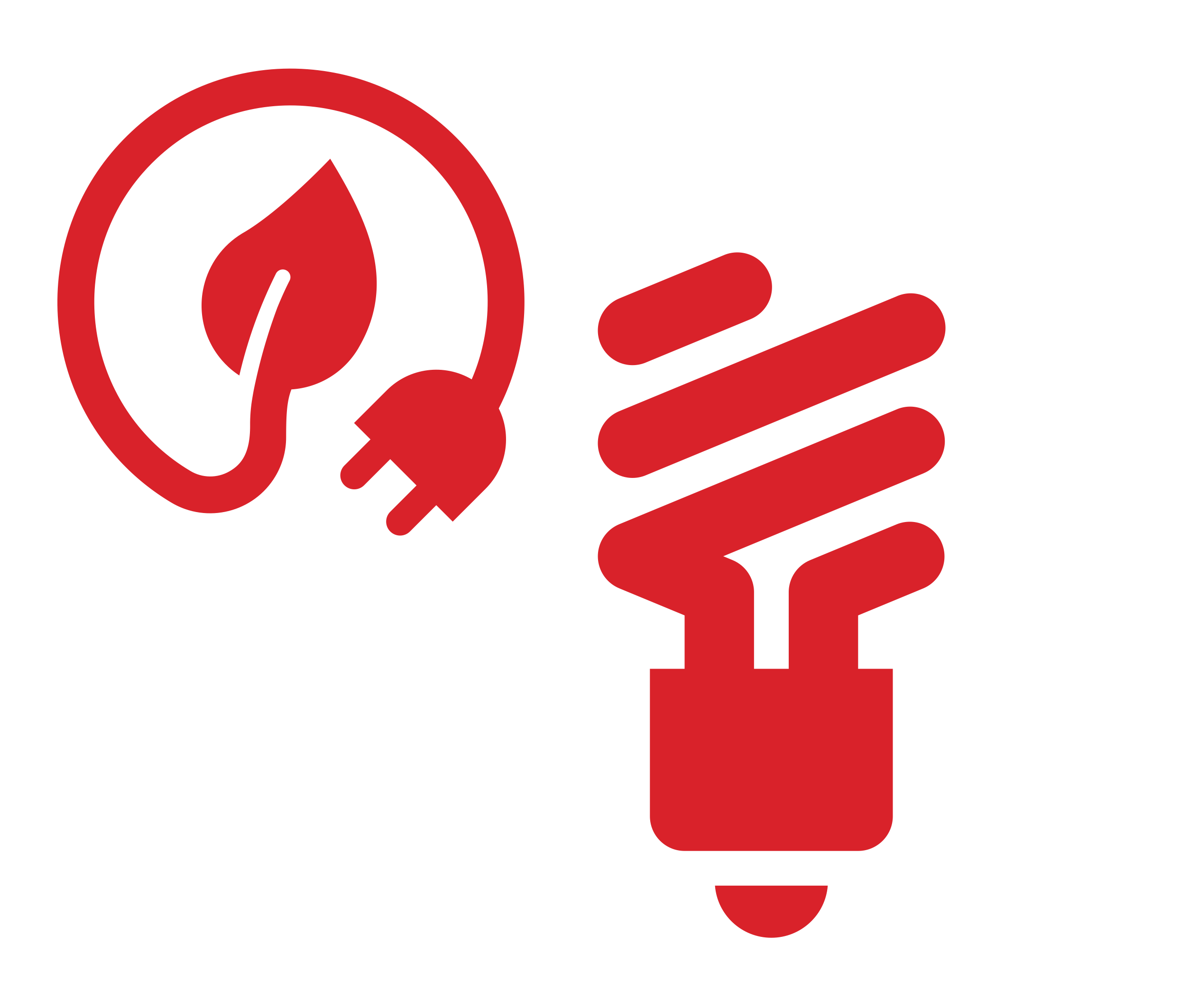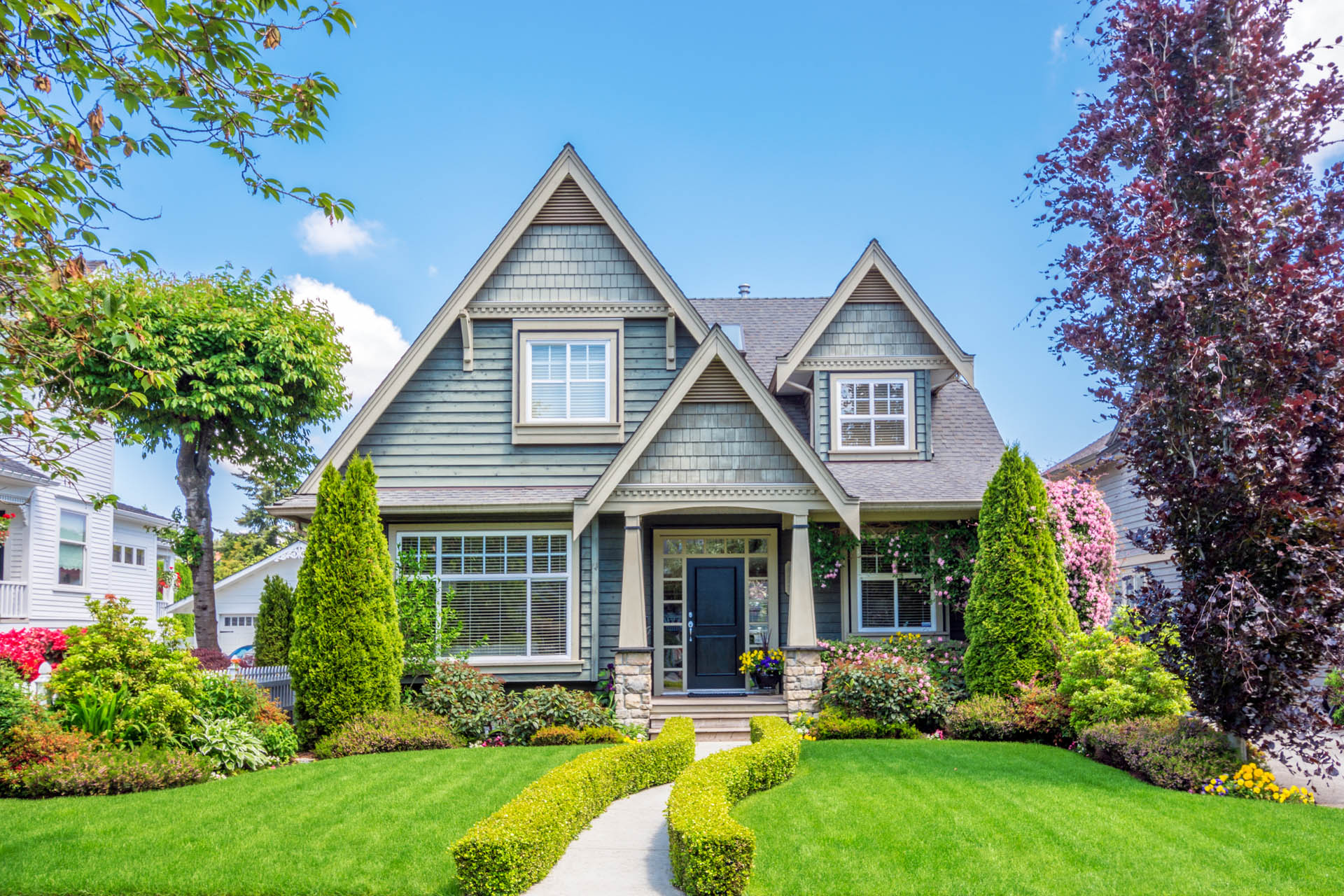Summer is an ideal season to begin the journey of building a custom home. With longer days and renewed energy, it is a fitting time to turn your vision into reality. Whether you aspire to create a contemporary showpiece or a warm, inviting retreat, designing a home that reflects your lifestyle and needs is both an exciting and complex endeavour. From thoughtful design considerations to energy efficiency and long-term functionality, every decision plays a crucial role.
Here is a comprehensive guide to help you navigate the key aspects of building a custom home with clarity and confidence.
 1. Establish a Realistic Budget
1. Establish a Realistic Budget
Setting a budget is one of the first and most crucial steps in your custom home-building journey. Your financial blueprint will shape many decisions, from the size of your home to the quality of materials used. Be sure to factor in all potential expenses, including land costs, construction fees, permits, landscaping and interior finishes. It is also wise to set aside a contingency fund for unexpected costs that may arise during the construction process.
Consulting with a financial advisor or builder early on can help you establish a budget that aligns with your vision without leading to financial strain.
 2. Prioritize Energy Efficiency
2. Prioritize Energy Efficiency
Energy efficiency is more than just a buzzword – it is a crucial consideration for modern homes. Investing in energy-efficient features not only reduces your environmental footprint, but also leads to significant savings on utility bills over time. Consider installing high-performance insulation, energy-efficient windows, and smart thermostats.
Additionally, heating, ventilation, and air conditioning (HVAC) systems should be chosen with energy efficiency in mind. One essential component of an efficient HVAC system is a Heat Recovery Ventilator (HRV) or an Energy Recovery Ventilator (ERV). These systems help maintain optimal indoor air quality by exchanging stale indoor air with fresh outdoor air while recovering energy from the exhaust air. This ensures that your home remains comfortable without unnecessarily increasing energy consumption.
 3. Plan for the Future
3. Plan for the Future
When designing your custom home, think about how your needs might change over time. If you plan to expand your family, accommodate aging relatives, or stay in your home long-term, it is important to design with flexibility in mind. Consider features like multi-purpose rooms, wider doorways, and single-storey living options that can adapt to future requirements.
Incorporating adaptable and sustainable design elements can make your home more functional and comfortable for years to come, potentially increasing its resale value as well.
 4. Choose the Right Location
4. Choose the Right Location
The location of your custom home can have a significant impact on your daily life and long-term satisfaction. Consider factors such as how close your home will be to your workplace, schools, and amenities. Also, think about the orientation of your home on the lot, which can affect natural lighting, energy efficiency, and overall comfort.
For instance, positioning your home to maximize sunlight can reduce the need for artificial lighting and heating, lowering energy costs. Additionally, take into account any local building codes or zoning regulations that may affect your design.
 5. Focus on Indoor Air Quality
5. Focus on Indoor Air Quality
Indoor air quality is a critical aspect of your home’s health and comfort. Modern, energy-efficient homes are often tightly sealed to prevent energy loss, but this can also lead to poor ventilation and a buildup of indoor pollutants. That is why it is essential to include a proper ventilation system in your design.
An ERV, in particular, is a smart choice for ensuring healthy indoor air quality. It balances temperature and humidity while bringing fresh air into your home, making it an excellent solution for areas with varying climates. By recovering heat and moisture from the outgoing air, an ERV can help maintain a comfortable indoor environment year-round, while reducing energy waste.
 6. Hire the Right Team
6. Hire the Right Team
The success of your custom home project largely depends on the team you choose to work with. From architects and designers to builders and subcontractors, you want to ensure you are hiring experienced professionals who understand your vision and can bring it to life.
Do your research, ask for recommendations, and check references before making any commitments. It is also important to establish clear communication from the outset, ensuring that everyone involved in the project is aligned with your goals, timeline, and budget.
 7. Incorporate Smart Home Technology
7. Incorporate Smart Home Technology
Smart home technology can enhance the functionality and efficiency of your custom home. Automated lighting, climate control, security systems, and smart appliances can all be integrated to create a home that is not only convenient, but also energy efficient.
For example, smart thermostats can be connected to your HVAC system, allowing you to monitor and control your home’s temperature remotely. Pairing this technology with an ERV ensures that your home maintains optimal air quality and comfort without wasting energy.
 8. Design for Comfort and Livability
8. Design for Comfort and Livability
While aesthetics are important, don’t forget to focus on comfort and livability. Your custom home should be a space that not only looks great, but also feels great to live in. Pay attention to the flow of the floor plan, the size of rooms, and the placement of windows to maximize natural light and ventilation.
Ensure that your design accommodates both your daily routine and your long-term lifestyle. A well-thought-out design will provide both functionality and beauty, creating a home that you and your family will love for years to come.
Ready to Start Your Custom Home Journey?
Building a custom home is a unique opportunity to create a space that reflects your personal style and meets your specific needs. By prioritizing energy efficiency, focusing on indoor air quality, and planning for the future, you can ensure that your home is not only beautiful but also functional, sustainable, and comfortable. Incorporating an Energy Recovery Ventilator or Heat Recovery Ventilator into your design will play a key role in maintaining a healthy indoor environment while optimizing energy use, making your custom home a true masterpiece.
Education and training of industry partners have been an essential part of Lifebreath’s support. Sign up for our installation and balancing course to learn more about balancing your systems here.

